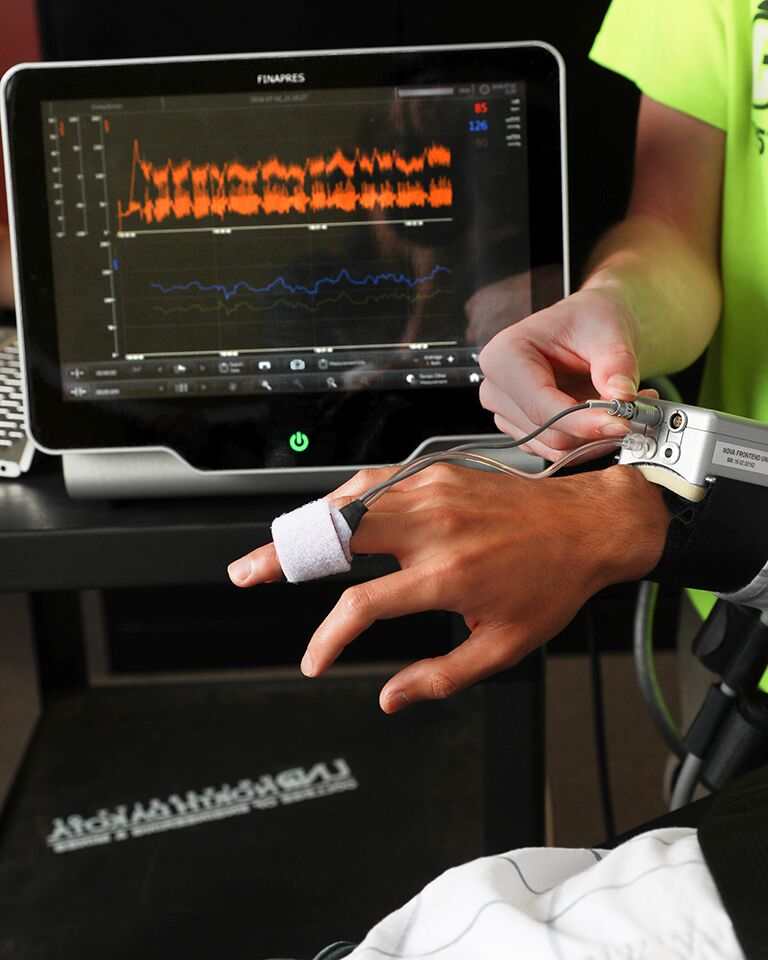
Innovation Based Learning
What is Innovation-based learning (IBL)?
IBL is an educational approach that emphasizes hands-on, real-world projects where students are challenged to create novel solutions and new value. It is a student-centered method designed to foster an entrepreneurial mindset by encouraging the application of knowledge to complex, open-ended problems, often with a focus on real-world impact.
- Real-World Problem Solving: Students work on projects that mimic authentic industry or societal challenges (e.g., designing a new medical device), rather than just textbook assignments.
- Creative and Novel Solutions: The core goal is for students to innovate. They try to develop a solution that is both effective and new or non-obvious, often by learning through failure and iteration (prototyping, testing and redesigning).
- Interdisciplinary Collaboration: IBL often requires students from different academic backgrounds to work together, reflecting how innovation happens in the professional world.
- Skill Development: Beyond technical knowledge, IBL focuses on essential professional skills such as critical thinking, problem-solving, teamwork and adaptability.
By using this approach, students gain a deeper understanding of the subject and appreciate how biomedical engineering impacts society. Since they are working on actual projects and collaborating with students from different backgrounds, they gain practical skills, learn multiple perspectives, and are fully prepared for the fast-paced, diverse challenges they will face in their careers.
Our Hands-On Approach
Your academic career starts with hands-on, real-world projects right from your first year. This curriculum is flexible, letting you choose projects that match your personal goals and passions. With eight dedicated IBL courses, you get to create work that helps you learn but also has value outside the classroom. Working together on these projects helps build a strong community among students. Most importantly, the program connects you with industry professionals through things like guest lectures and internships, giving you valuable networking opportunities and a clear path toward a job after graduation.
Format
In an IBL-style course, students engage in collaborative, synchronous teamwork on an innovation project that extends beyond the classroom, resulting in real-world impact. IBL courses are available in three formats:
- in-person
- online (remote) synchronous, and
- online (remote) asynchronous
The best student experiences usually come from Option 1 or Option 2 because they involve active participation, instant feedback and real-time interaction. This makes the whole learning experience better.
Option 3 can also work well, especially for students who like to learn independently. Just remember that Option 3 is not self-paced. You must meet specific deadlines.
Evaluations and Grading
It is worth noting that the evaluation and grading in these courses are based on students' ability to create meaningful impact through their projects. While participating in IBL, you can expect to encounter other distinctive features.
All Students
- Weekly work on a team innovation project - Design, build, test!
- Regularly meet with your group (typically once a week)
- Participate in weekly project updates
Asynchronous
- Watch the recording of the class
- Participate in weekly project updates by recording your contribution to the project's progress
- Asynchronously respond to any questions asked during the team presentation
Medical Internet of Things (MIoT)
Our Biomedical Engineering Program focuses directly on the Medical Internet of Things (MIoT), which is the application of connected devices and technologies within the healthcare industry. It's a subset of the broader Internet of Things (IoT) but specifically applies to the healthcare industry.
How it Works
MIoT systems generally follow a process involving data collection, transmission, analysis and action:
- Data Collection: Smart medical devices, sensors, smart pills and wearables collect health metrics. This can include vital signs like heart rate and blood pressure, glucose levels, activity levels and even information on medication adherence.
- Data Transmission: The collected data is securely transmitted from the device to a central system.
- Data Storage and Analysis: The information is stored in secure repositories. Advanced analytics process this data to identify trends and detect anomalies. This information can be used to generate actionable insights.
- Action and Feedback: These insights trigger actions, such as sending real-time alerts to a patient or healthcare provider. Actions can include adjusting device settings (like an insulin pump dosage) or updating a patient's electronic health record (EHR).
The use of MIoT also enables telemedicine, allowing patients to consult with healthcare providers remotely and receive medical advice and treatment remotely. Overall, MIoT has the potential to improve patient outcomes and increase access to healthcare for those living in remote or underserved areas.